Paediatric Ulnar Deviation Support
$14.99 Original price was: $14.99.$10.49Current price is: $10.49.
- Elevate Your Shopping Experience
- Online assistance, always at your service.
- 100% High Quality Guarantee
- Multiple payment methods, safe and reliable

Paediatric Ulnar Deviation Support
Ulnar deviation can be uncomfortable and unpleasant and can lead to long-term issues if not addressed. The Paediatric Ulnar Deviation Support has been designed to help alleviate discomfort while correcting ulnar drift. The amount of support applied can be varied via the adjustable straps, helping you to find the appropriate balance between comfort and re-alignment.
Sizing for the Paediatric Ulnar Deviation Support
This item is available in a variety of sizes, please consult the sizing image and table below then select your desired size from the drop-down menu at the top of the page.
| Size | Wrist Circumference (cm) |
|---|---|
| Baby | 6.5cm |
| Extra Small | 10cm |
| Small | 12cm |
| Medium | 14cm |
| Large | 16cm |
If you fall between two sizes it is suggested you get the next size up as the Paediatric Ulnar Deviation Support is easily adjusted thanks to the hook-and-loop closure straps.
Key Features of the Paediatric Ulnar Deviation Wrist Support
- Durable, comfortable and breathable neoprene fabric
- Bright and cheerful colours designed with children in mind
- Hook-and-loop closure straps for easy application and a secure fit
- Adjustable ulnar support means you can vary the amount of pressure
- Adjustable aluminium palmar bar provides rigidity and improves stabilisation
- Available in a wide range of sizes for the left or right hand
Who Can Benefit From the Ulnar Deviation Brace?
Children with ulnar dysplasia are born with a short or missing ulnar bone, causing the hand and wrist to turn and hyper-extend outward. Thankfully if caught early and treated then the majority of cases can be improved markedly. Ulnar supports are not a substitute for other forms of treatment but they can be a helpful addition to other treatments.
Indications for the Paediatric Ulnar Deviation Support
- Immobilisation to relieve pain
- Inflamed/swollen tendons
- Juvenile Chronic Arthritis
- Osteoarthritis
- Overuse injuries
- Post carpal/metacarpal surgery
- Post surgical repair
- Postoperative conditions
- Post-traumatic conditions
- Pre-operative
- Repetitive Strain Injury (RSI)
- Rheumatoid arthritis
- Soft tissue injury
- Sprained wrist
- Stabilises the wrist
- Ulnar deviation
- Weakness of the thumb joint
- Worn cartilage
How Effective Are Supports at Treating Ulnar Deviation?
Orthotic braces designed to stabilise and protect joints has been shown to improve hand strength and function. Although they have not been shown to prevent deformity, they can play a valuable role in treatment by helping to maintain range of motion, reduce stiffness and pain, and relieve deforming stress on the digits.
| Size | Baby, Extra Small, Small, Medium, Large |
|---|---|
| Hand | Left, Right |
Be the first to review “Paediatric Ulnar Deviation Support” Cancel reply
Related products
Calf Supports
Shop by Use
Sports Supports & Braces
Sports Supports & Braces





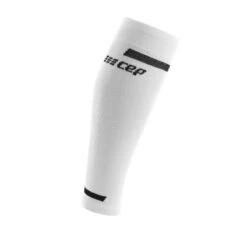




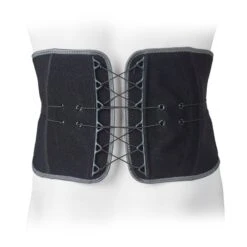
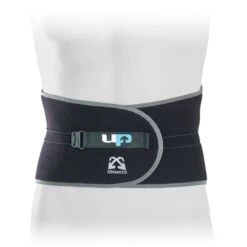

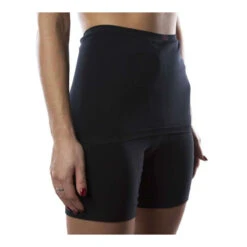
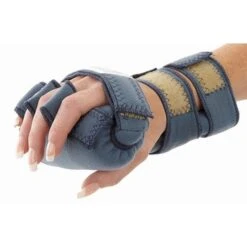
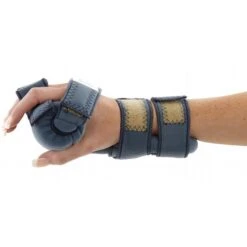
Reviews
There are no reviews yet.